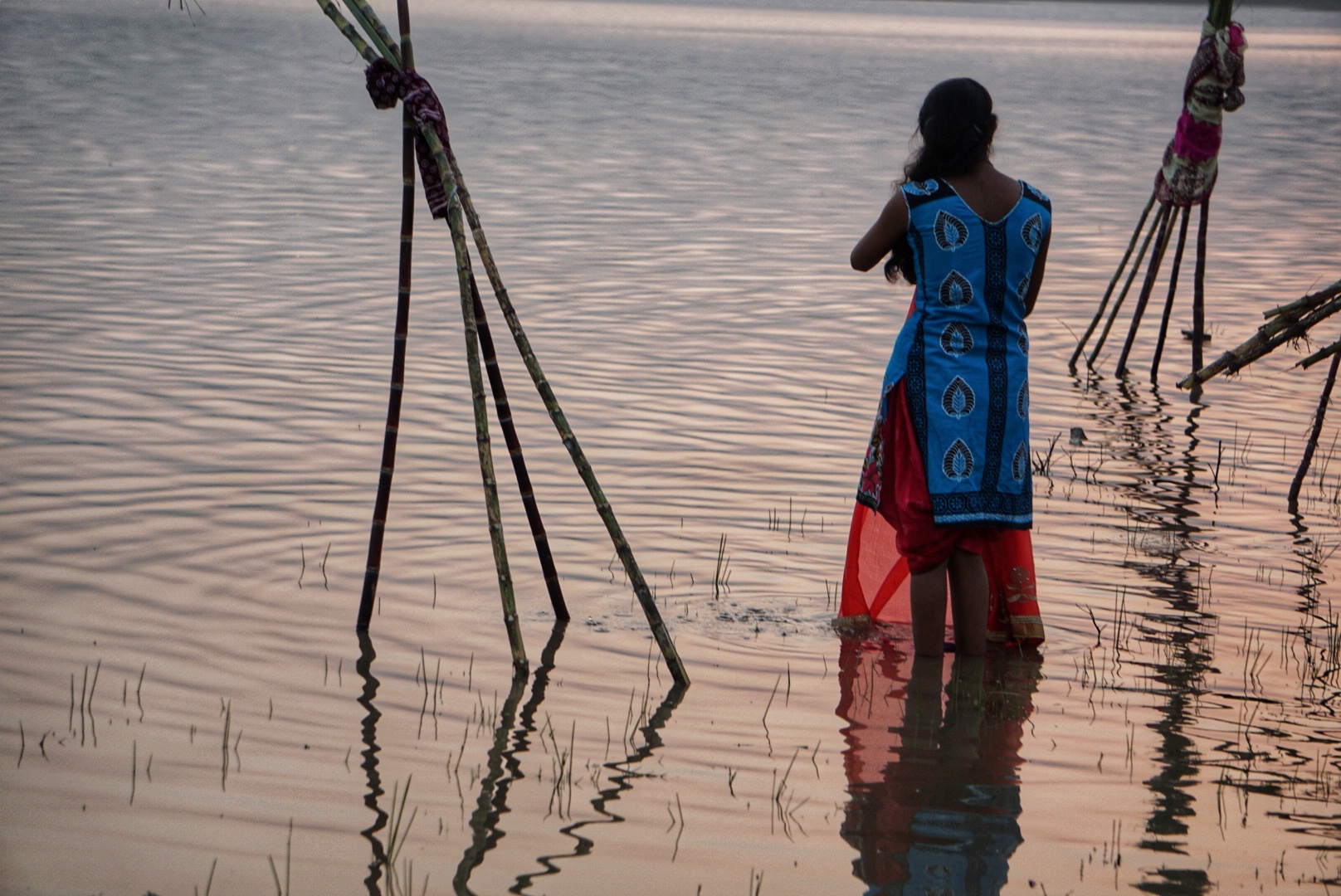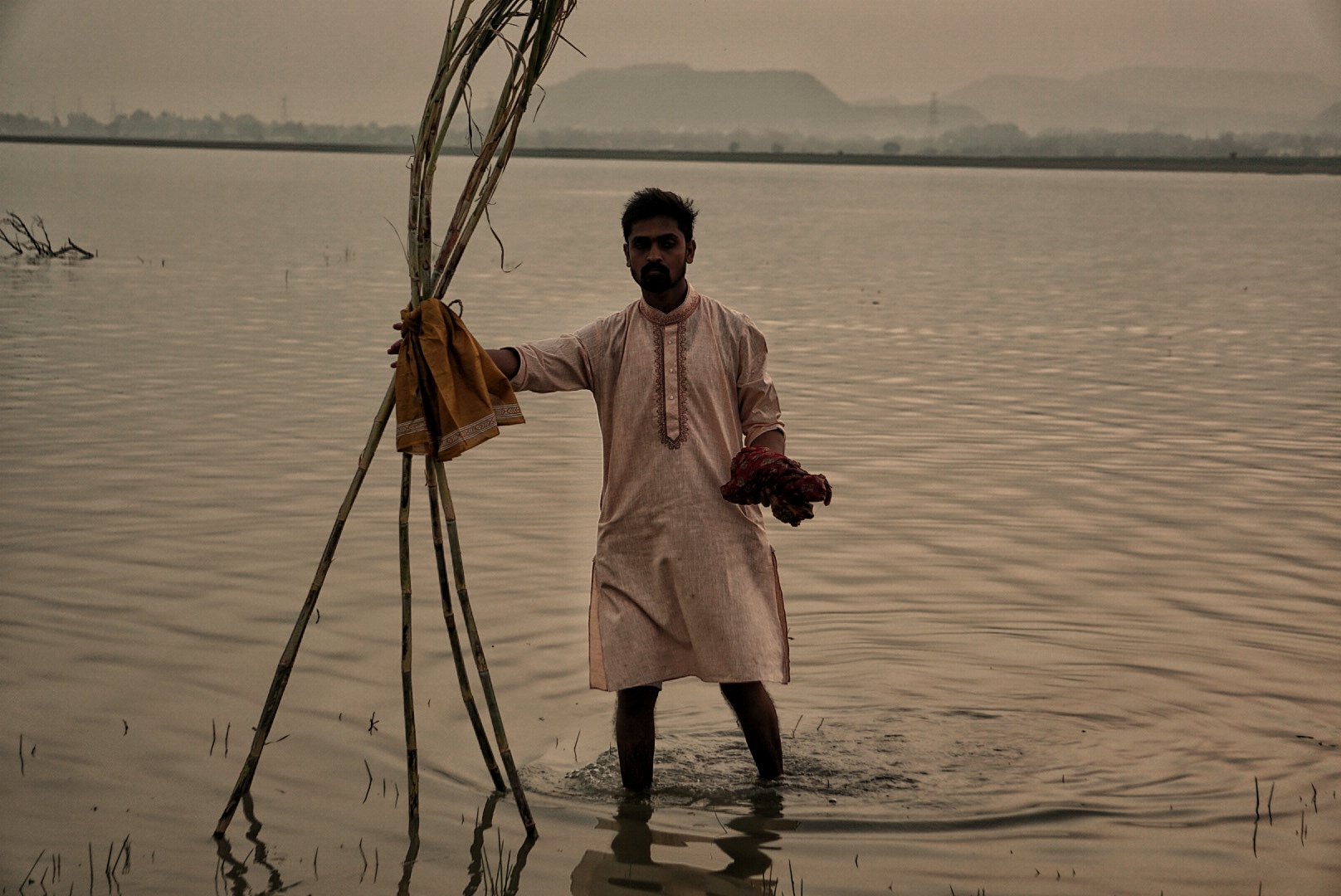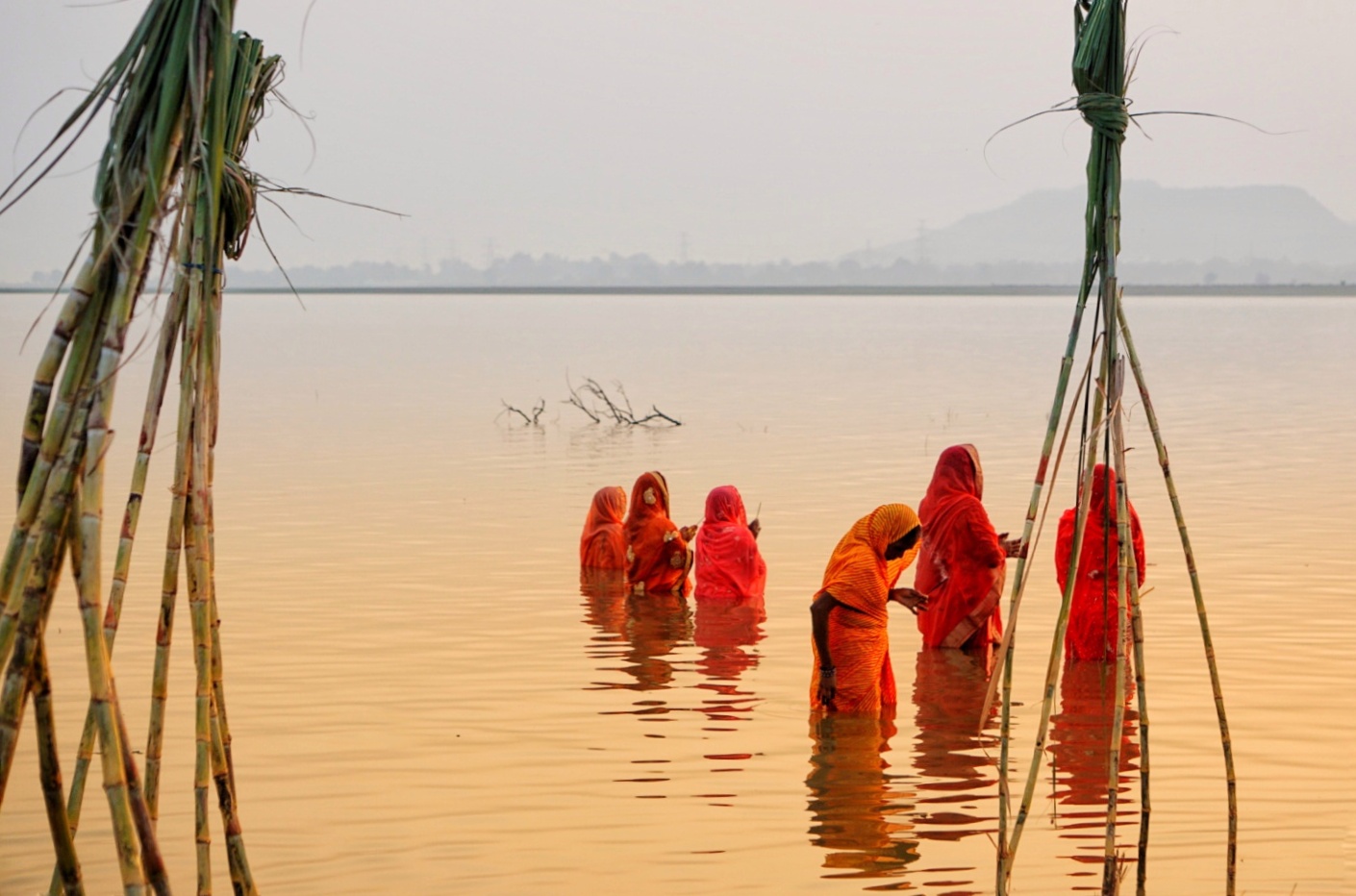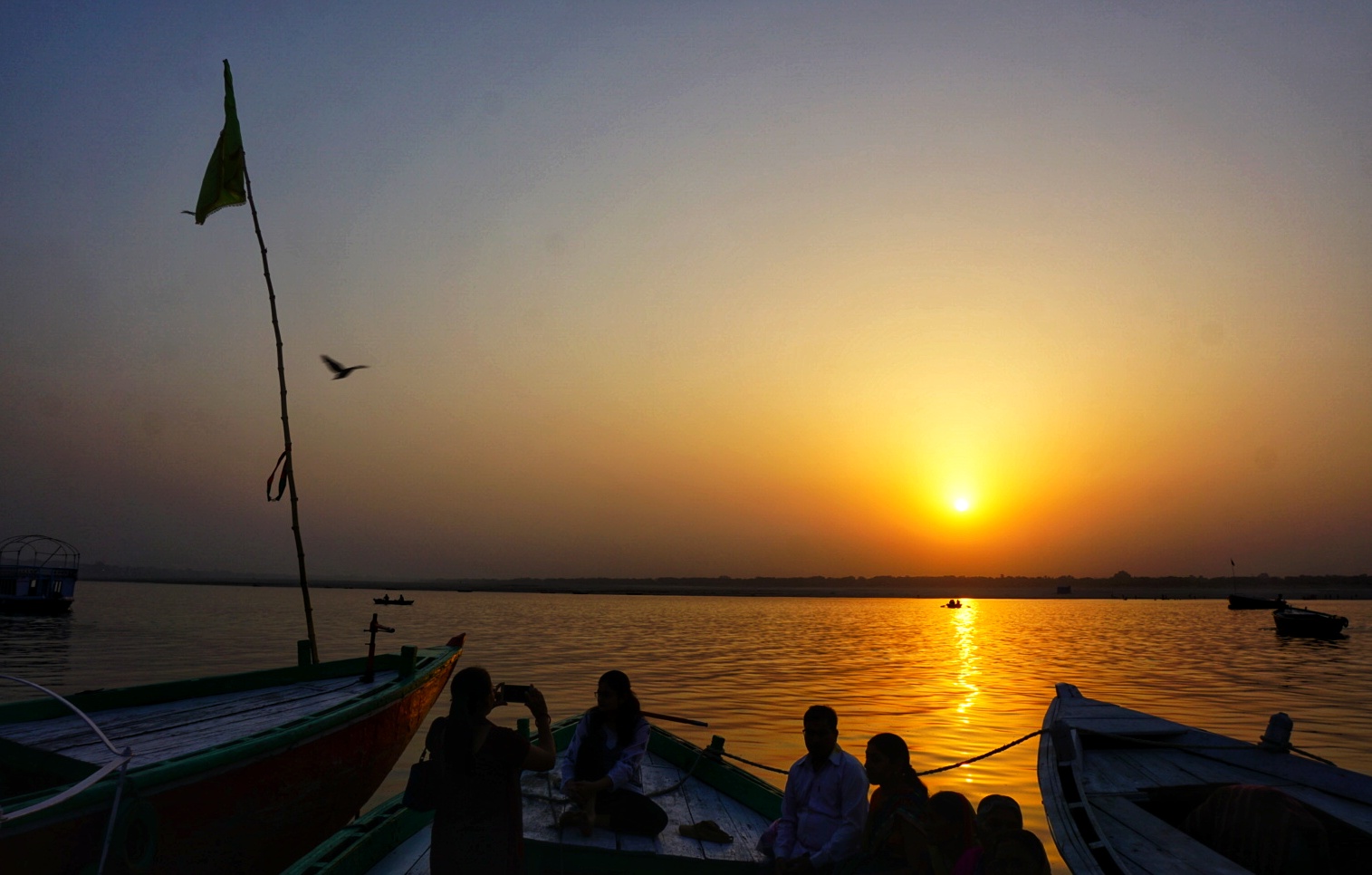FAITH RELIGION AND HOLY WATER
by Manish Sharma
Hinduism embraces many religious ideas. One fundamental principle of the religion is the idea that people’s actions and thoughts directly determine their current life and future lives.
The Hindu act of worship is termed pooja. In their worship, Hindus can personally choose which god they would like to worship and what they would like this worship to look like. In other words, pooja is usually very, very personal.
Water in Hinduism has a special place because it is believed to have spiritually cleansing powers. To Hindus all water is sacred, especially rivers, and there are seven sacred rivers, namely the Ganges, Yamuna, Godavari, Sarasvati, Narmada, Sindhu and Kaveri. Although Hinduism encompasses so many different beliefs among those that most Hindus do share is the importance of striving to attain purity and avoiding pollution. This relates to both physical cleanliness and spiritual well-being.
The worship or MAHA-AARTI of the holy river GANGA in early morning hours is the daily ritual of the priests who synchronies the act of worship with full devotion. It’s a 2 hour worship till the rise of the sun.
The holy dip is faith for some and fun for others. It is believed that the dip in Holy River purifies all the sins done.
Festivals in India have very close affinity with the nature and Chhath Puja is one of those festivals. The festival is dedicated to Sun and Chhathi Maiya (Mother Shashti or Usha) . The devotee offer their gratitude to the Sun God Surya along with the Goddesses- Usha (first rays of the morning ) and Pratyusha (last rays of the evening) because it is believed that the Sun is a prime source of energy that sustains all lives on the Earth.
The other festival related to the holy water is the Kanwariya Yatra to pay obeisance to Lord Shiva by the people (largely men) of northern states of India. The journey is named after the Sanskrit word ‘Kanwar’ which is a single pole (usually bamboo) with two roughly equal loads dangling from both ends. This ‘yatra’ or journey takes place during the month of July-August or the ‘Shravan Maas’ of the Hindu calendar, which is an auspicious time. During this time of the year, one can see Kanwariya pilgrims in saffron grab carrying the holy water that they have collected from either Gaumukh or Gangotri (Uttaranchal) or from the Ganges in Haridwar, returning back to their respective hometown in order to consecrate the Shiva lingams.
The Holy water and cremation of the body.
Hindu cremations take place on the Ganges River in India. The family builds a pyre and places the body on the pyre. The karta will circle the body three times, walking counter-clockwise so that the body stays on his left, and sprinkling holy water on the pyre. Then the karta will set the pyre on fire and those gathered will stay until the body is entirely burned. Upon returning home, all family members will bathe and change into fresh clothes.












